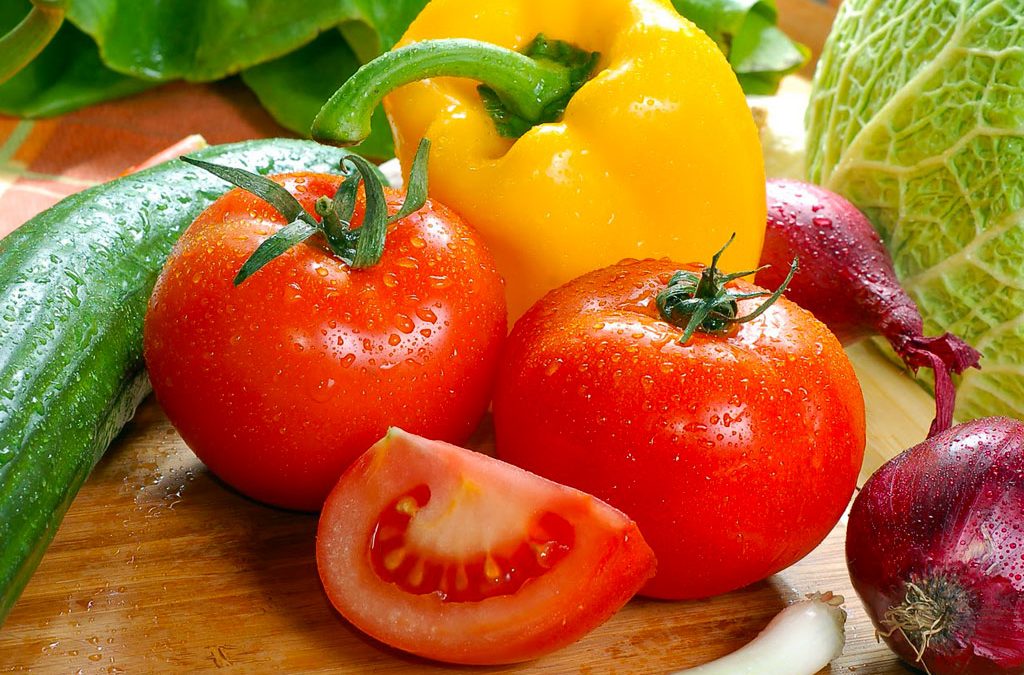
Hydroponic Produce and Health
In 1994 a test was commissioned by an investment group to determine the vitamin and mineral content of hydroponically grown crops in comparison to soil grown crops, both organic and non-organic. Plant Research Technologies Laboratory in San Jose, California, analyzed tomatoes and sweet peppers; those hydroponically grown used Hydroponic nutrients. The hydroponic produce showed a significant increase in vitamins and minerals beneficial to human health over the soil grown produce. This data indicates the importance of a calibrated nutrient solution. The crops had been grown following the Dutch recommendation for hydroponic tomatoes and sweet peppers, and not only were they of higher nutritional value, the flavor was reported to be outstanding.
The hydroponic crops were further analyzed to search for chemicals on the EPA’s “priority pollutant list”, of which, none were found.
American agribusiness is beginning to apply hydroponics on a significant scale. Large corporate facilities are showing profits and generating high crop yields with consistent quality at facilities in Colorado, Utah and Mexico. These installations mark an important point for hydroponic farming in the United Stares. If the investments prove profitable over the long term, then steady growth is going to continue, slowly replacing many field-grown crops in the marketplace. The British have been applying hydroponic farming to meet consumer needs for decades. Farming cooperatives grow tomatoes, cucumbers and salad greens on a very large scale.
Van Heinegen Bros. produces three pounds of hydroponically grown tomatoes per year for every man, woman and child in the British lsles. In support of these enterprises, the British government runs a research facility, which investigates improved hydroponic methods, disease and pest control and new plant varieties. The cooperation between government and farmers has led to improved crop production, quality and profits.
Although hydroponically grown produce, while usually free of pesticide and other chemical hazards, does not generally meet the rather narrow definitions of “organic”, it can offer superior flavor, nutrition, appearance, freshness and shef life. Many small hydroponic growers are recognizing these market trends and cashing in on the huge demand for higher quality produce. Small growers find that gourmet restaurants and local markets are delighted to have access to superior quality produce, whether organically or hydroponically grown.
Since “organic” is pretty much out of the question, an increasing number of hydroponic growers are promoting their produce as “pesticide-free.” This gives the consumer the reassurance that their fruits and vegetables have been grown following the most important principal of “organically” grown produce.
One consequence of this dichotomy is that the term “organic agriculture” is declining in favor of the term “sustainable agriculture”, which applies to both organic and hydroponic cultivation. Though many organic growers look down on hydroponic technology, the superior quality and freshness of locally grown hydroponic produce is in fact gaining market acceptance. A new niche is developing for small hydroponic growers, family farms, and even urban farms in areas that have traditionally been served by large corporate farms far away.
The simple truth is that top quality organically raised produce can only be grown under fairly ideal conditions and only seasonally in most parts of the United States. This results in produce that is expensive and frequency unavailable or shipped from afar, causing quality to suffer.
In the “organic” model, good soil is enriched with compost, blood meal, bone meal, manures and a host of other natural amendments. These components break down slowly in the soil at a rate in harmony with the plants’ growth; a microbiological process is required to make the nutrients available to the plants. These microbes include many organisms that are all in a symbiotic embrace with the environment and the plants. When done skillfully in the right environment with the right crop, this is nature and farming at its finest. But it differs sharply from the hydroponic model, where microorganisms are unnecessary for the plants to absorb the prepared nutrients. The nutrient absorption rate of a hydroponically grown plant is generally much faster than that of a soil grown plant, since in hydroponics, nutrients are instantly soluble and available, as is essential oxygen.
Hydroponic plants are usually grown in a relatively sterile environment, and often with precise controls, from artificial lighting to extend growing seasons to exotic computer systems that enable the grower to actually tailor the environment to the crop wherein hydroponics becomes just one part of the entire system. In this type of setup, labor is reduced, yet plant growth rates, yields and quality increase.
Many attempts have been made to create the perfect organichydroponic nutrient, but so far nothing matches the purified mineral salts used in formulating hydroponic nutrient solutions. We note that the EEC has established the category of “mineral organic” for foods grown with the required mineral nutrients to supplement an organic base of nitrogen. We previously touched on the fact that United States agricultural regulations are currently set and applied at the state level but practically all states prohibit the use of refined ingredients to cultivate “organic” crops; only mined minerals can be used. Surprisingly, this precludes organic growers from using pharmaceutical or food grade ingredients to formulate fertilizers. This could be a safety risk, but at least mined minerals will break down in the soil.
Hydroponic growers, on the other hand, must use refined minerals because mined minerals dissolve poorly in solutions. As a consequence, it is not currently practical to formulate a top-quality “organic” fertilizer, which will work well for hydroponic crop production, and meet U.S. standards.
A review of the standards for defining “organic” will soon be completed by federal regulators in the USDA. There is some possibility that the USDA way eventually consider the European standards, opening the door for organic growers to use purified mineral nutrients and hydroponic growers to cultivate organically certified produce. It is not surprising that European regulations favor policies that promote the cultivation of produce with superior quality and flavor. Generally European consumers are accustomed to higher quality foods and will not purchase flavorless produce. The myth that only certified organically grown produce is of good quality, nutrition and flavor has been clearly dispelled by the many successes of hydroponic producers worldwide, but remains predominant in public perception. This trend will most likely continue; the only question is whether the United States will be a leader, or a follower.

Hydroponic Nutrients

EC vs TDS

Organic Does Not Mean “No Pesticides”

How Plants Uptake Nutrients

What is Aquaponics
Trackbacks and pingbacks
No trackback or pingback available for this article.
Articles
Featured
-
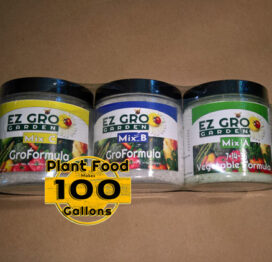 Vegetable Formula single dose SetRegular Price $29.99
Vegetable Formula single dose SetRegular Price $29.99 -
 EzGro Precision Micro TrimmerRegular Price $11.99
EzGro Precision Micro TrimmerRegular Price $11.99 -
 EzGro Quad Pot 25 PackRegular Price $274.99
EzGro Quad Pot 25 PackRegular Price $274.99 -
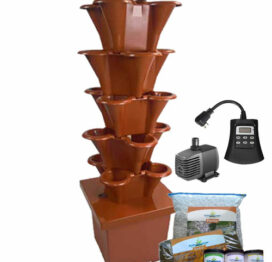 EzGro Patio GardenRegular Price $389.99 – $399.99
EzGro Patio GardenRegular Price $389.99 – $399.99 -
 Five Tower Deck GardenRegular Price $2,499.00
Five Tower Deck GardenRegular Price $2,499.00 -
 Drain Dish & Diffuser Dish Set 5 PackRegular Price $69.95
Drain Dish & Diffuser Dish Set 5 PackRegular Price $69.95 -
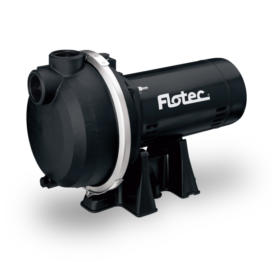 Thermoplastic Irrigation Pump 1 HPRegular Price $469.99
Thermoplastic Irrigation Pump 1 HPRegular Price $469.99 -
 5000 Watt 48 Volt Power InverterRegular Price $899.00
5000 Watt 48 Volt Power InverterRegular Price $899.00 -
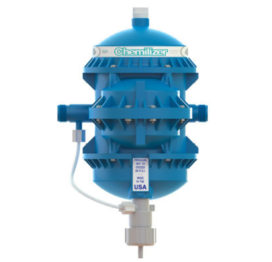 Chemilizer InjectorRegular Price $349.99
Chemilizer InjectorRegular Price $349.99 -
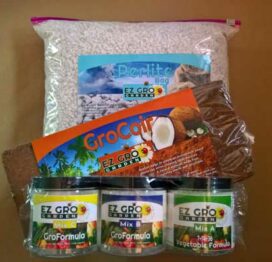 Patio Garden Recharge KitRegular Price $49.00
Patio Garden Recharge KitRegular Price $49.00









Leave a reply